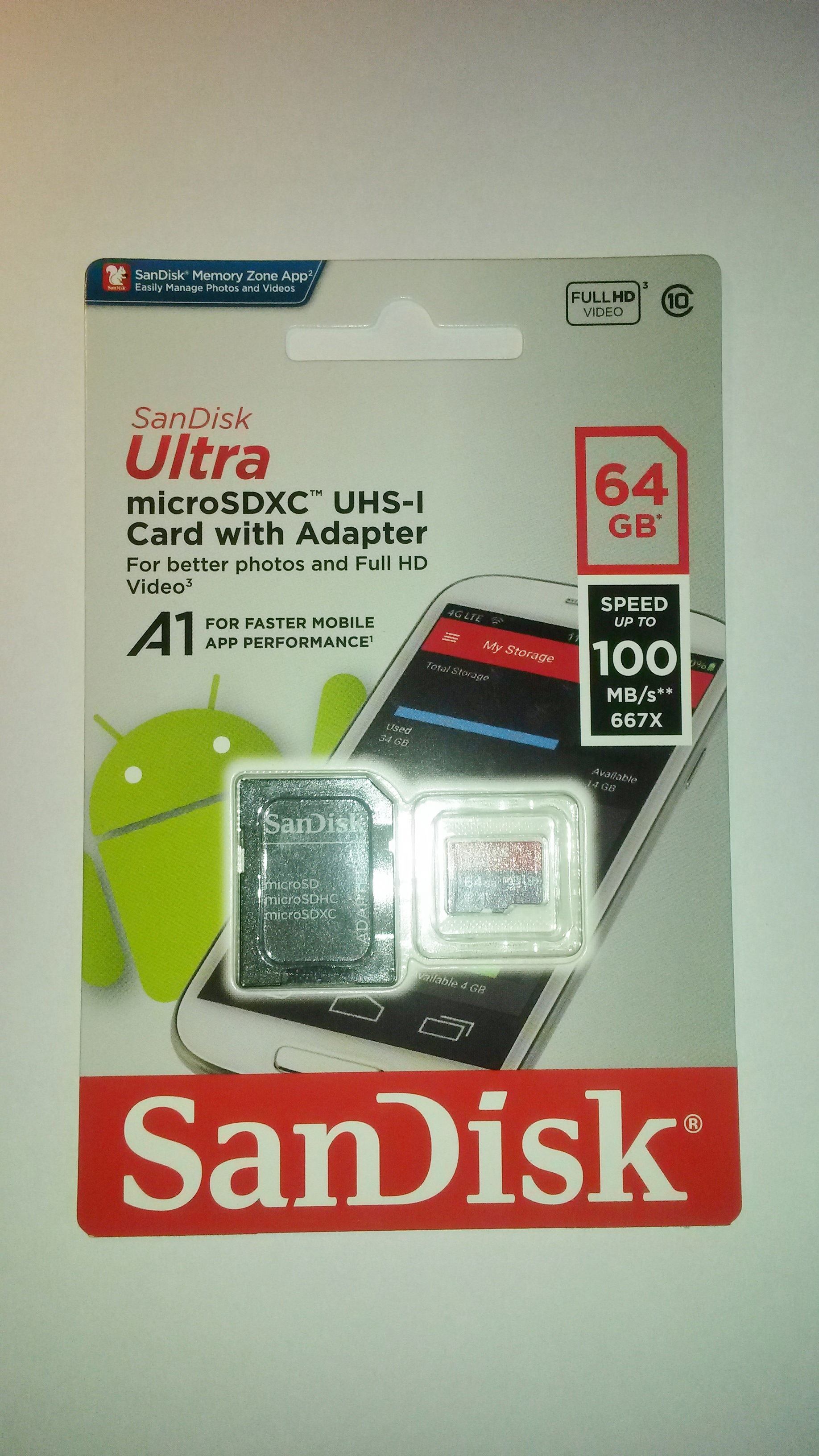Hi @Nordrunner, for clarity, here is what I use and what it looks like:
RPi 3 model B+ and SANDisk microSD card (GBP£14 on Amazon) per photo.

Latest Raspbian stretch lite ISO image is flashed onto the microSD card using dd. On firstboot the system automatically resizes the Linux partition to fill all the available space. The result is:
$ sudo fdisk --list /dev/mmcblk0
Disk /dev/mmcblk0: 59.5 GiB, 63864569856 bytes, 124735488 sectors
Units: sectors of 1 * 512 = 512 bytes
Sector size (logical/physical): 512 bytes / 512 bytes
I/O size (minimum/optimal): 512 bytes / 512 bytes
Disklabel type: dos
Disk identifier: 0x04c9550d
Device Boot Start End Sectors Size Id Type
/dev/mmcblk0p1 8192 96663 88472 43.2M c W95 FAT32 (LBA)
/dev/mmcblk0p2 98304 124735487 124637184 59.4G 83 Linux
$
$ sudo df
Filesystem 1K-blocks Used Available Use% Mounted on
/dev/root 61341180 1220716 57596328 3% /
…
/dev/mmcblk0p1 43539 22498 21042 52% /boot
…
$
No further changes to disk/partition layout, types, etc.
This is very simple to implement and, in my experience, this is a very reliable long-term with moderate write rates. I like simple.